
AI Billing Showdown: 6 Billing Platforms for AI Agents
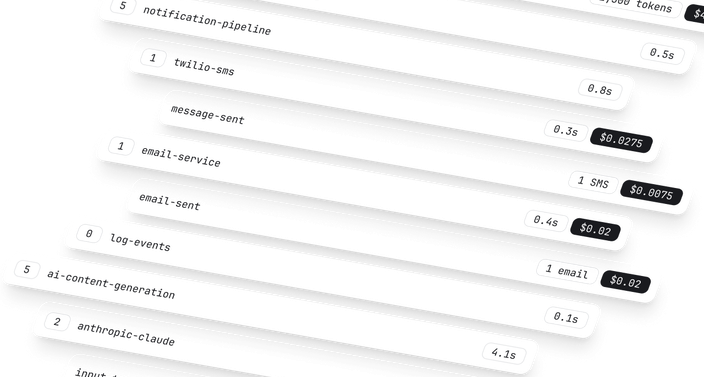

Our data shows that roughly 75% of AI companies we spoke to struggle with billing their agents. The problem isn't just technical complexity. It's that legacy billing forces AI companies into Frankenstein solutions, stitching together usage tracking, margin monitoring, and outcome measurement across multiple platforms.
Customer-facing AI products need agent-native billing. Infrastructure tools need usage-based flexibility. The platforms that understand this distinction are winning.
The Agent-First Winner: Paid 👑
Built for: AI agent companies charging per outcome, per workflow, or per "digital employee"
Paid is the only billing platform designed from the ground up for AI agents. While others retrofit subscription models with usage add-ons, Paid treats agents as the fundamental billing unit.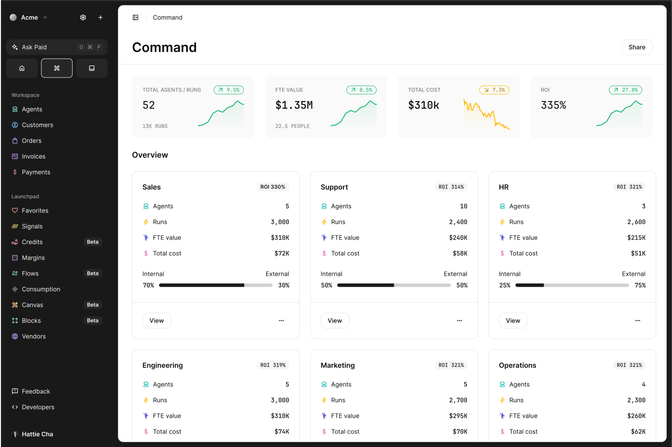
- FTE replacement (price per agent as digital employee)
- Consumption (price per action/token with margins)
- Process automation (price per completed workflow)
- Results-based (price per delivered outcome)

The standout feature? Signal-based architecture. Instead of forcing you to translate agent activities into "billing units," Paid tracks whatever signals matter to your business from meeting bookings, successful resolutions, completed analyses.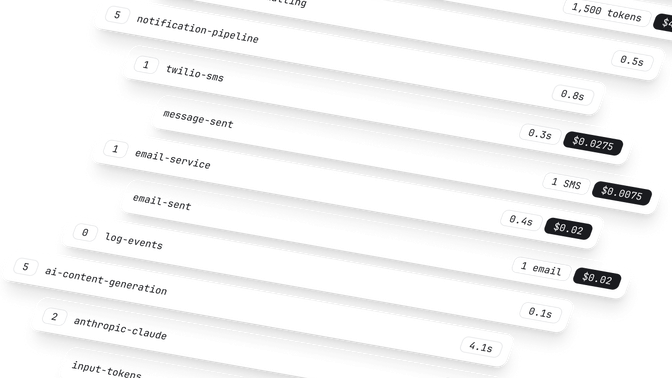
Integration is genuinely simple. Five lines of code to start tracking agent usage. The platform automatically handles margin monitoring (tracking what each agent workflow costs you) and generates customer-facing ROI reports that make renewals easier.
Vibe-code customer dashboards and deploy them within minutes, showing your agents’ work and value.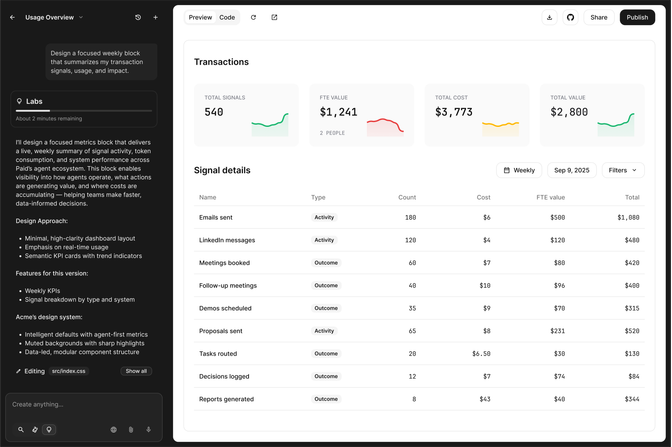
Paid’s agent cost tracking tracks cost performance across different agent types, customers, and even specific orders and integrates with common agent frameworks using OTEL.
Best for: AI products where agents replace human work or deliver specific outcomes.
Pricing: Free for agent cost tracking. Currently in beta for billing features.
Metronome
Built for: High-scale usage-based billing, especially AI infrastructure.
Metronome powers billing for OpenAI’s metered plans, and Databricks. Their platform processes billions of usage events daily with Apache Kafka handling the streaming architecture.
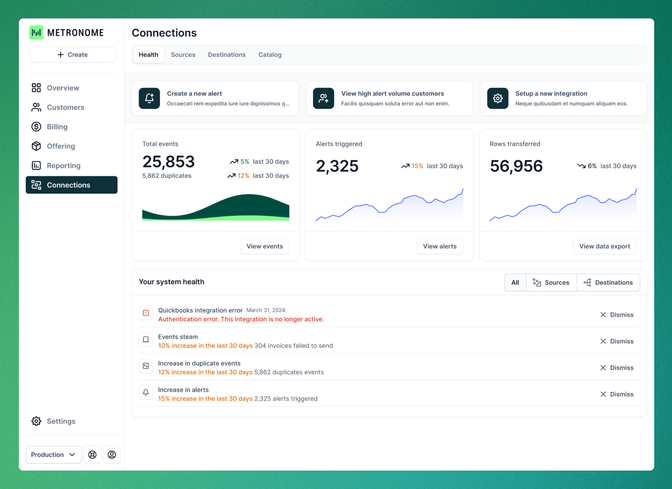
What makes them different: They started with the most complex enterprise customers first, then scaled down. When OpenAI needed to change pricing, it previously took 6-8 weeks.
Developer experience: Robust APIs, extensive documentation, sandbox testing. Built by engineers for engineers.
Limitation: Not designed for AI - but for metering. You'll need to define your own usage metrics and build customer-facing value reporting.
Pricing: Custom, likely $10K+ annually for meaningful scale.
Orb
Built for: Product-led growth companies with mixed subscription + usage models
Orb has SQL-based metric definitions let engineering teams create custom usage tracking while giving product teams a modern UI to experiment with pricing.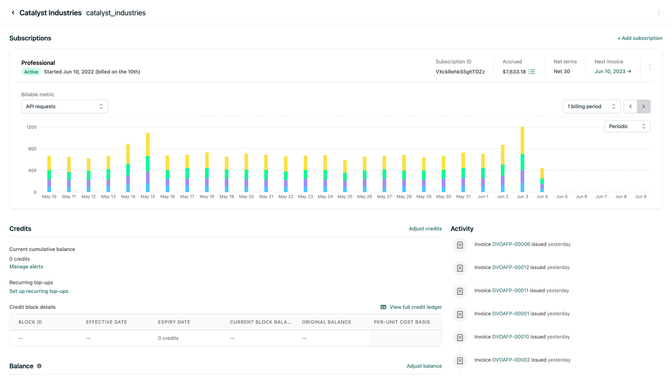
Standout features include prepaid credits ledger for predictable customer budgeting, threshold billing to prevent usage abuse and real-time revenue reporting tied to product metrics.
Limitation: Like Metronome, Orb isn't AI-native. It's a flexible usage platform that works well for AI companies but doesn't have built-in agent workflow tracking or margin management.
Best for: AI companies with strong engineering teams who want to own their billing logic while getting infrastructure handled.
Pricing: Starts around $749/month, scales with usage volume.
Chargebee
Built for: Traditional SaaS companies adding AI features to existing subscription models
Chargebee has recently pivoted toward "Better Billing" for the AI era, partnering with companies like DeepL and Zapier. Their approach combines subscription management with usage-based add-ons.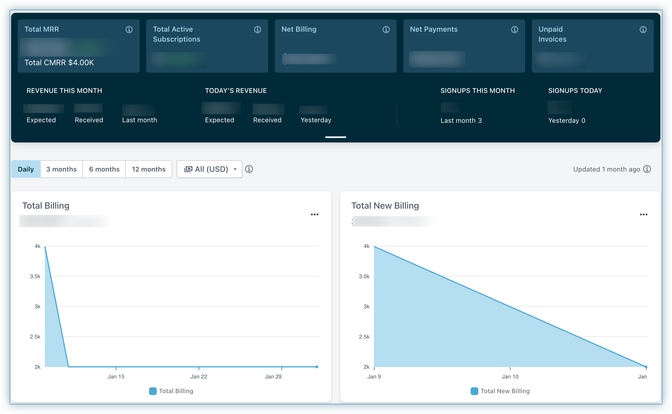
What they do well: Mature platform with extensive integrations, solid dunning management, global tax compliance. If you're adding AI features to an existing SaaS product, Chargebee can handle hybrid pricing.
Limitation: Still fundamentally subscription-first. Complex AI usage patterns require workarounds. No native agent workflow tracking or outcome-based pricing models.
Best for: Established SaaS companies adding AI capabilities, not AI-first products.
Pricing: Starts free up to $250K billing, then 0.75% of revenue.
Stripe Billing
Built for: Startups with engineering resources who need reliable payment infrastructure
Stripe's biggest advantage is trust and scale. Their payments platform processes over $1.4 trillion annually with 99.999% uptime. Stripe Billing adds usage metering on top of this foundation.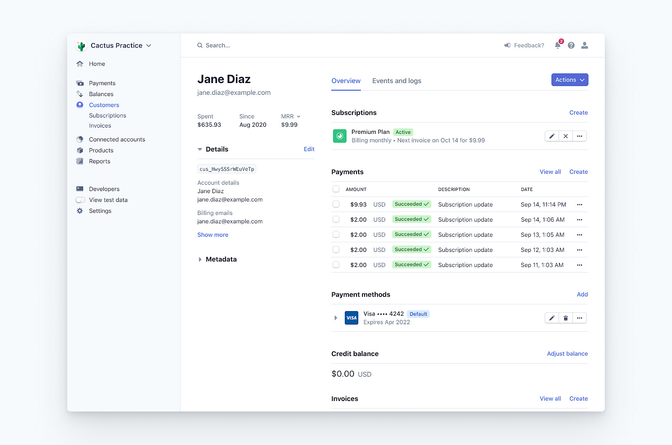
For AI companies: Stripe supports metering per API call, token, or custom usage units. Their developer documentation is excellent, and integration with the broader Stripe ecosystem is seamless.
Limitation: Quoting and enterprise workflows require significant custom development. Complex usage models need engineering work. No built-in margin tracking or AI-specific reporting.
Best for: Early-stage AI companies with traditional subscription models plus some usage components.
Pricing: ~0.5-0.8% of invoiced volume plus Stripe payment fees - can go up to 2.9%
Togai (Zuora)
Built for: Enterprise companies with complex consumption models needing sophisticated rating engines
Togai handles up to 1 billion+ events per day and provides rating for tiered, inclusive allowances, and overage fees. Recently acquired by Zuora, it's positioned as the metering component of enterprise billing workflows.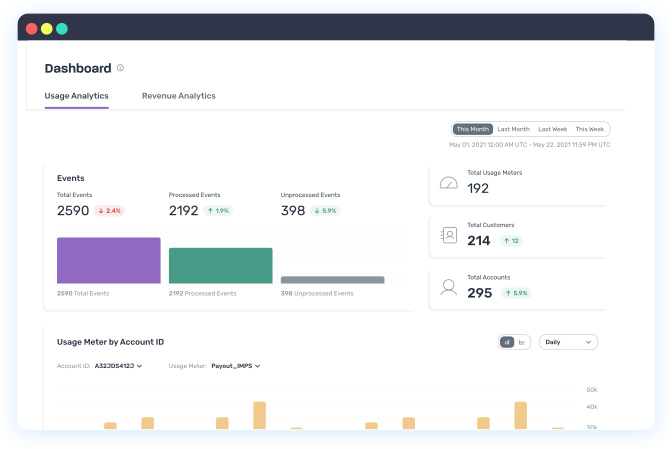
Technical strength: Low-code pricing model builder, real-time usage ingestion, revenue simulation for forecasting.
Limitation: Togai bundles with Zuora Billing (or another invoicing system) to complete billing workflows. Enterprise complexity and pricing.
Best for: Large enterprises with existing Zuora implementations.
Pricing: Enterprise licensing, typically $100K+ annually combined with Zuora.
Choosing Your Next Billing Platform
If you're building customer-facing AI agents: Paid.ai is purpose-built for your use case. Agent workflows, outcome tracking, and margin management come standard.
If you're focused specifically on compute proxy: Metronome or Orb provide the scale you need around metering. Choose Metronome for enterprise complexity, Orb for faster implementation.
If you're enterprise with complex consumption: Togai + Zuora handles the most sophisticated rating scenarios but requires significant implementation.
AI monetization is still evolving rapidly. Pick a platform that can adapt as your understanding of value delivery changes.
Platform | Agent-native | Realtime processing | Margin tracking | Setup complexity | Best for |
|---|---|---|---|---|---|
Paid.ai | ✅ Built-in | ✅ Signal based | ✅ Automatic | 🟢 5 lines of code | AI agents & AI tools |
Metronome | ❌ Custom build | ✅ Kafka powered | ❌ Build it yourself | 🟡 2-4 weeks | AI infra at scale |
Orb | ❌ SQL definitions | ✅ Realtime | ❌ Build it yourself | 🟢 Quick for engineers | AI tools |
Chargebee | ❌ Workarounds needed | 🟡 Batch-focused | ❌ Limited | 🟡 Medium complexity | AI features in SaaS |
Stripe Billing | ❌ Custom development | 🟡 Basic metering | ❌ Build it yourself | 🟢 Fast for simple cases | Early stage startups |
Togai | ❌ Complex config | ✅ Billion+ events/day | ❌ Build it yourself | 🔴 Enterprise setup | Zuora users |
What to Look For in AI Billing Platforms
Let's talk about what actually matters in AI billing. After working with dozens of AI companies wrestling with billing complexity, these are the features that separate the winners from the "we'll figure it out later" crowd.
Agent-Native Tracking
Traditional platforms track "users" or "API calls." AI platforms need to track agent behaviors, workflows, and outcomes. Look for systems that can capture:
- Multi-step agent workflows as single billable units
- Cross-agent collaboration (when Agent A hands off to Agent B)
- Outcome completion vs. process initiation
- Variable cost attribution per agent action
Real-Time Usage Processing
AI workloads spike unpredictably. Your billing platform needs to handle:
- Millions of events per day without dropping data
- Real-time cost visibility (customers hate surprise bills)
- Threshold alerts before usage explodes
- Event deduplication (agents sometimes retry)
Margin Visibility & Cost Attribution
This is where most platforms fail spectacularly. AI companies need to know:
- What each agent workflow actually costs to run
- Model switching impact on margins (GPT-4 vs Claude vs local models)
- Token efficiency tracking across different use cases
- Break-even points for different pricing tiers
🔄 Pricing Model Flexibility
AI monetization is evolving fast. Your platform should support:
- Hybrid models (base subscription + outcome fees)
- Dynamic pricing based on model performance
- Prepaid credits with different expiration rules
- Volume tiers that actually make sense for AI usage patterns
Pro tip: Avoid platforms that make you choose between "subscription" or "usage-based." Most successful AI companies use hybrid models.
Insights straight to your inbox
Join 10,000+ subscribers getting the latest insights on AI monetization.
Related articles



Ready to get Paid?
Price smarter. Protect margins. Grow revenue.
Get started for free
- Generous free tier
- Transparent pricing
- Stripe integration
Scale with enterprise
- Unlimited usage, no limits
- Multiple payment gateways
- Hands-on engineering support